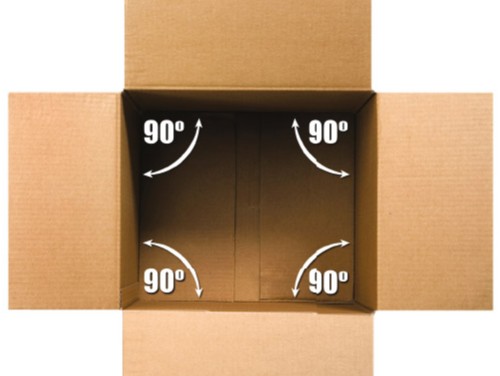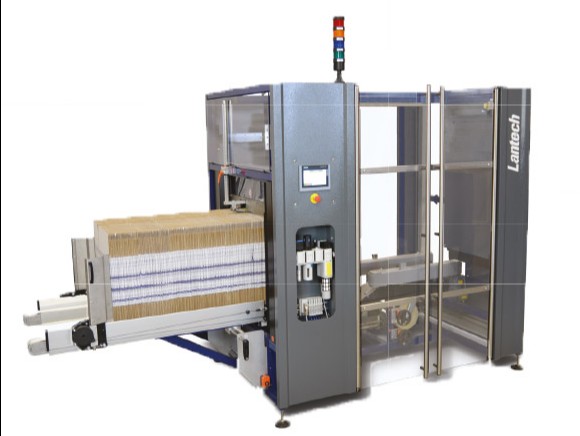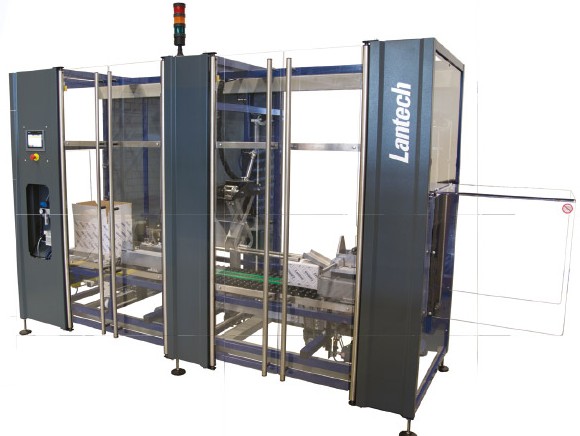
You produce a great product and enthusiastically bring it to the market. But how do you get it to the client undamaged? Bob Lemmen, Marketing Manager at Lantech, knows that damage-free transport is all about packaging and protection: “One of our secrets is packing the boxes straight.” Packing the boxes straight? This calls for an explanation.
“Damage down, margins up”
“Transporting products is a source of irritation for many producers,” says Bob Lemmen. “Anything and everything can go wrong: damaged products are delivered to the client and result in no payment. Many businesses calculate a loss of one to two percent in advance, which, of course, has an impact on the margin. But why? Why not focus on perfect packaging and protection and ensure that the cargo arrives at the client location in the best possible condition. After all, by reducing damage during transport, the margins will go up right away.”
“It might sound strange, but damage-free transport begins with the external box,” explains Lemmen. “The purpose of an external box is to provide the best possible protection to products during transport. With regard to this, it is of great importance that the box is assembled perfectly straight, meaning that the angles are at exactly 90 degrees. This prevents the product from immediately being crushed or receiving damage during packaging. After being filled, the box must be closed perfectly straight. If the closed box is not entirely straight, the corners will not close properly onto each other, which reduces the stacking strength of the pallet and the boxes can collapse. Research shows that boxes lose 30% of their stacking strength if the sides are not lined up. Thinner corrugated cardboard, variations in corrugated cardboard sheets, and temperature and humidity changes can lead to crooked boxes or machine malfunctions.”

Over the years, Lantech has come up with many innovative solutions for improving product packaging and making the work of operator’s easier. The business has its headquarters in Louisville, Kentucky, and has production and sales departments in the US and Cuijk, the Netherlands. The latter location is used to support its European clients. With 135 staff members in Cuijk and 500 worldwide, as well as a strong network of partners, Lantech designs, builds, and maintains a wide variety of stretch wrappers and box/tray handling machines.
Visit Lantech at Empack on 10, 11, and 12 April at the Utrecht Jaarbeurs (an annual expo): stand B119.
The pallet must be stacked properly and neatly as well in order to achieve the maximum stacking strength. “It is essential that stacking is done within the dimensions of the pallet. No boxes should be sticking out, so that no corners are being pushed in. Our box sealers and assemblers perform complete inspections of the boxes during the entire process. If the pallet is ultimately wrapped using the correct packing film pattern, the boxes and their precious contents will be protected during transport as best as possible.”

When these protected boxes arrive at distribution centres or shops, they look wonderful and the cargo is undamaged. “Packaging is part of the experience: you should not underestimate that,” says Lemmen. “A client’s positive feeling about your product starts with the external box, even if this is “only” intended for transport. We know everything there is to know about it and are eager to help you get your product from A to B unscathed.”
Source: © Lantech